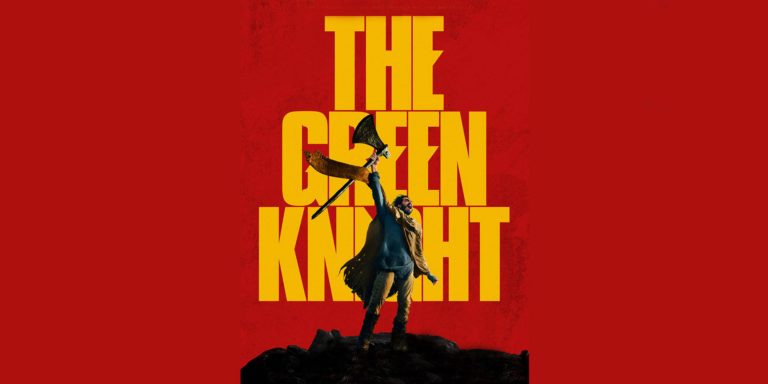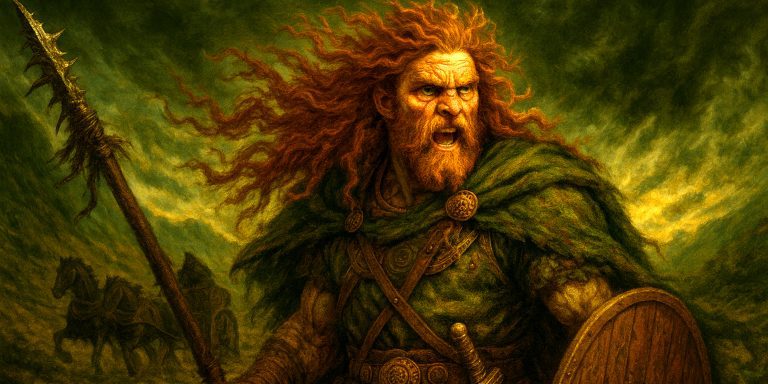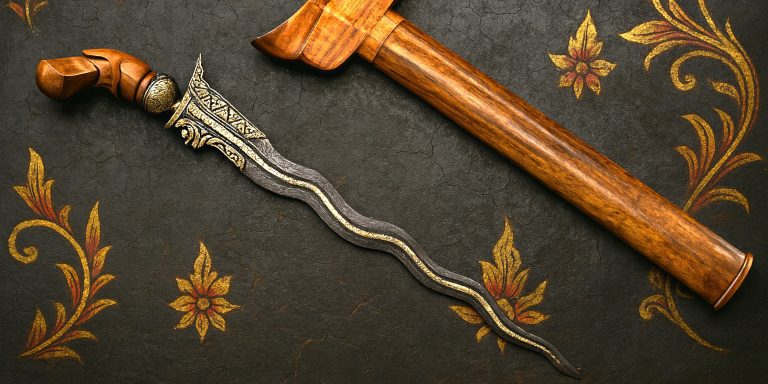
The Battle of Castillon, fought on 17 July 1453, is widely regarded as the final engagement of the Hundred Years’ War. It marked the decisive French victory over the English in Gascony, effectively ending England’s hopes of maintaining its possessions in France apart from Calais. The battle showcased the growing dominance of artillery on the battlefield and the decline of the medieval knight as the primary force in warfare.
Background
The English had held Gascony for centuries, but French campaigns under King Charles VII gradually reclaimed lost territories. In 1452, John Talbot, Earl of Shrewsbury, recaptured much of the region, rallying local support. However, the French prepared a counter-offensive for 1453, assembling a large, artillery-heavy force under Jean Bureau.
Forces
The battle pitted an English army, led by Talbot, against a larger and better-prepared French force that was entrenched and well-supplied with field artillery.
| Side | Commander(s) | Estimated Strength | Key Components |
|---|---|---|---|
| England | John Talbot, Earl of Shrewsbury; Lord Lisle | 6,000–8,000 | Longbowmen, men-at-arms, Gascon allies |
| France | Jean Bureau; Charles VII (absent, directing campaign) | 8,000–10,000 | Artillery crews, men-at-arms, crossbowmen, cavalry |
Arms and Armour
English:
- Longbows with bodkin and broadhead arrows
- Polearms such as bills and glaives
- Mail and plate armour for men-at-arms
- Light armour for archers and infantry
French:
- Extensive use of field artillery, including bombards and culverins
- Crossbows for ranged infantry
- Plate armour for men-at-arms and mounted troops
- Defensive earthworks and wooden palisades
Leaders and Troop Composition Table:
| Side | Commander | Role | Notable Troop Types |
|---|---|---|---|
| England | John Talbot | Overall commander | Men-at-arms, longbowmen |
| England | Lord Lisle | Infantry commander | Gascon militia, archers |
| France | Jean Bureau | Artillery commander | Gunners, supporting infantry |
| France | André de Lohéac | Cavalry commander | Mounted men-at-arms |
The Battle

Talbot advanced towards Castillon after reports that the French were retreating. In reality, Bureau’s forces had fortified a camp east of the town, surrounded by trenches and bristling with artillery. Talbot, underestimating their strength and disregarding the advice of his Gascon allies, attacked without waiting for reinforcements.
The English assault met a devastating artillery barrage. French guns fired continuously, breaking up charges before they could reach the palisades. Talbot’s horse was killed, pinning him beneath it; he was captured and later killed in the fighting. The English army collapsed, and survivors fled toward Bordeaux.
Outcome
The French victory at Castillon destroyed English field armies in Gascony. Bordeaux surrendered in October 1453, and the Hundred Years’ War effectively ended, leaving Calais as the sole English possession in France.
Archaeology
Excavations in the Castillon region have uncovered:
- Lead cannonballs and stone shot consistent with mid-15th century French artillery
- Fragments of armour, including sallet helmets and breastplates
- Arrowheads from English longbows
- Trench outlines matching descriptions in contemporary accounts
These finds confirm the scale of artillery deployment and the fortified nature of the French position.
Battle Timeline
- Spring 1453: French forces gather under Jean Bureau and fortify positions near Castillon.
- Late June 1453: Talbot marches to relieve besieged English garrisons.
- 16 July 1453: French complete defensive works east of Castillon.
- 17 July 1453 (morning): Talbot receives false reports of a French retreat.
- 17 July 1453 (late morning): English forces attack the fortified French camp.
- 17 July 1453 (midday): French artillery devastates English formations.
- 17 July 1453 (afternoon): Talbot killed; English forces routed.
- October 1453: Bordeaux surrenders to the French.
Contemporary Quotes
- Jean Chartier, chronicler to Charles VII:
“The English came on with great courage but were met with such a storm of shot that they fell in heaps before the trenches.” - The Bourgeois of Paris Chronicle:
“This day the English were so beaten that never before had they suffered such ruin in Gascony.”
Watch the documentary:



